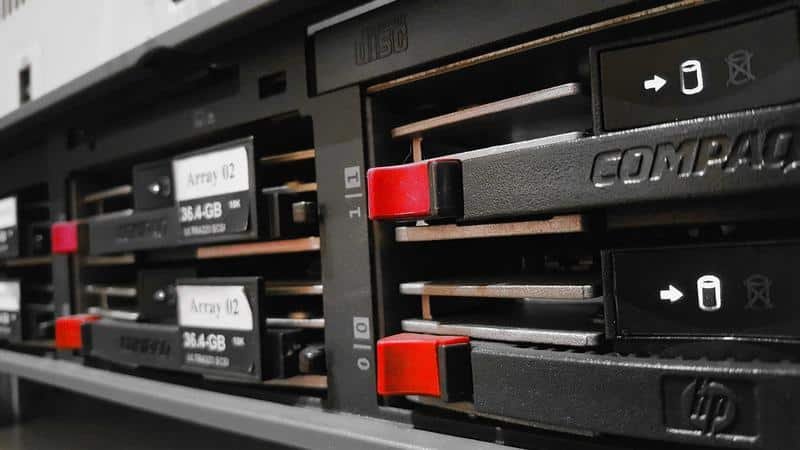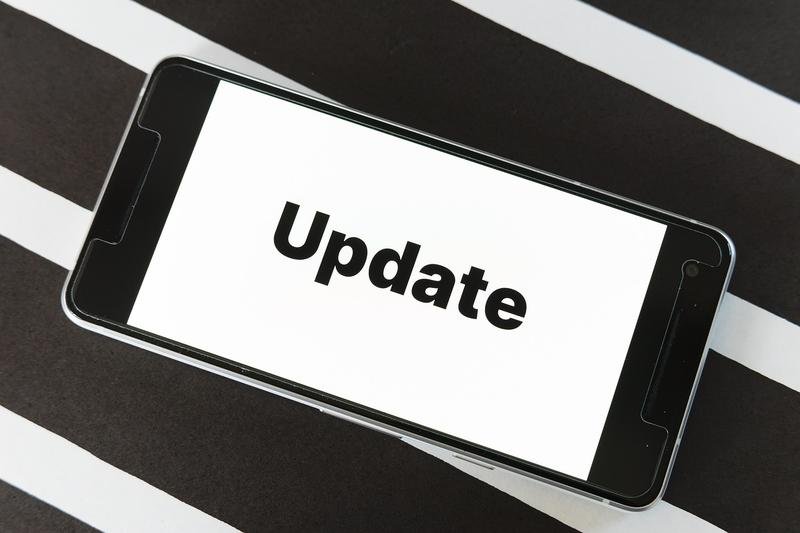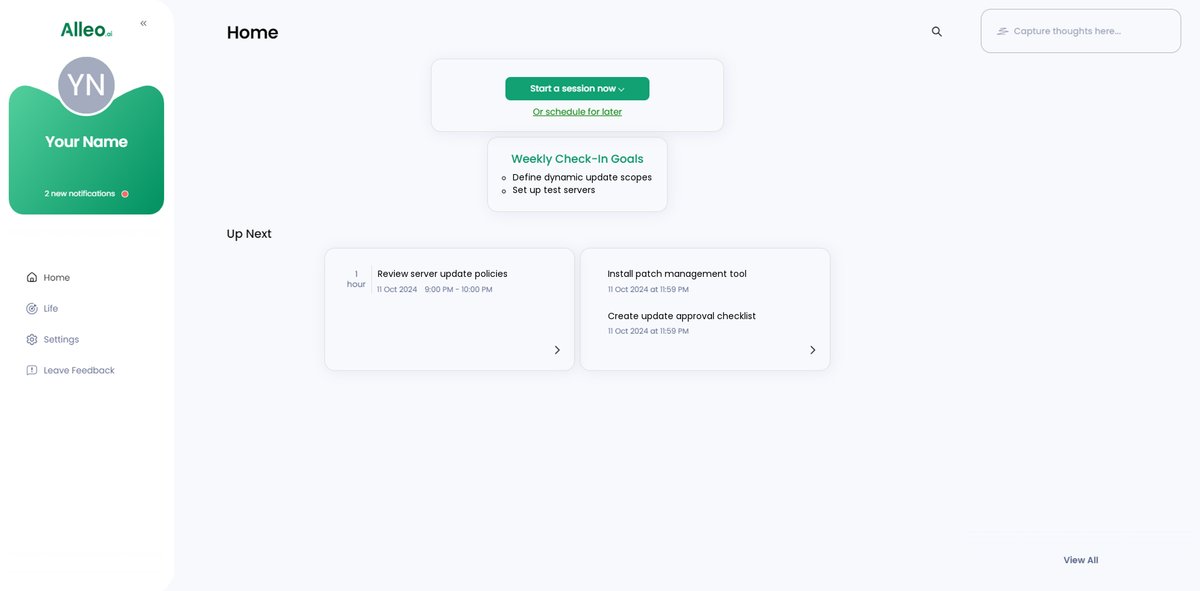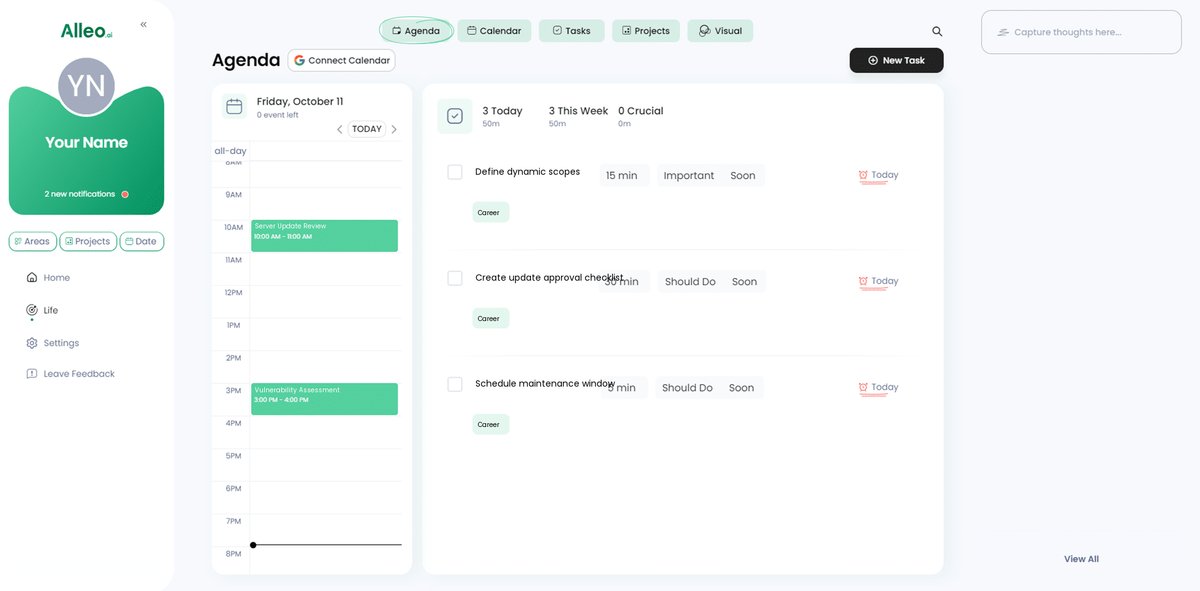7 Essential Best Practices for IT Managers Handling Server Update Schedules
Are you struggling to ensure your server update schedules are correctly applied, despite overlapping policy assignments? Implementing server update schedule best practices is crucial for effective IT infrastructure security.
As an IT coach, I’ve seen many professionals face similar challenges with server maintenance planning. Over the years, I’ve helped IT managers navigate these complexities with effective strategies for IT change management and downtime minimization techniques.
In this article, you’ll learn best practices for managing server updates, including:
- Dynamic scopes for patch management
- Tiered approaches to critical update prioritization
- Automated tools for server updates
Let’s dive into these server update schedule best practices.

Understanding the Challenges of Server Update Schedules
When managing server update schedules, ensuring the correct application of server update schedule best practices can be daunting. Overlapping policy assignments at the subscription level often create confusion in IT change management strategies.
This leads to potential security vulnerabilities and unexpected system downtime, highlighting the importance of downtime minimization techniques.
Many clients initially struggle with identifying which servers need updates, a key aspect of patch management best practices. This becomes especially challenging in complex environments with multiple server roles, emphasizing the need for critical update prioritization.
Inconsistent application of update policies can disrupt operations significantly, underscoring the importance of server maintenance planning.
In my experience, the impact of poor update management is severe. System downtime and IT infrastructure security risks are common consequences of not following server update schedule best practices.
This makes effective update scheduling crucial for maintaining system integrity and performance, including considerations for automated server updates and compliance requirements for server updates.

A Roadmap for Effective Server Update Management
Overcoming this challenge requires a few key steps. Here are the main areas to focus on to make progress with server update schedule best practices.
- Implement dynamic scopes for update assignments: Define and use dynamic scopes to ensure correct updates, aligning with IT change management strategies.
- Create a tiered update approach with test servers: Test updates on less critical servers first, following server update testing procedures.
- Set maintenance windows for minimal disruption: Schedule updates during low-traffic periods, employing downtime minimization techniques.
- Use automated patch management tools: Automate patch identification and deployment, implementing automated server updates.
- Establish clear update approval criteria: Set specific criteria for approving updates, considering critical update prioritization.
- Customize update policies per environment: Tailor update policies for different server environments, addressing IT infrastructure security needs.
- Implement regular vulnerability assessments: Conduct periodic assessments to identify vulnerabilities and ensure compliance requirements for server updates are met.
Let’s dive into these server update schedule best practices!
1: Implement dynamic scopes for update assignments
Implementing dynamic scopes for update assignments is a crucial server update schedule best practice that ensures updates are correctly applied, adapting to server roles and responsibilities.
Actionable Steps:
- Define dynamic scopes: Categorize servers based on their roles, such as production, development, and test environments, aligning with IT change management strategies.
- Use automated tools: Employ tools like Azure Update Manager to manage these dynamic scopes effectively, supporting automated server updates.
- Regularly review scopes: Schedule quarterly reviews to ensure the scopes remain relevant to the evolving server roles and compliance requirements for server updates.
Explanation: Dynamic scopes help tailor update assignments, reducing the risk of misapplication and ensuring system integrity. Consistently reviewing and adjusting these scopes is crucial for effective server maintenance planning.
For instance, using tools like Azure Update Manager can streamline this process by automating scope management. This approach aligns with current industry trends towards automated and adaptive frameworks for patch management best practices.
Key benefits of dynamic scopes include:
- Improved accuracy in update deployment and critical update prioritization
- Reduced risk of system conflicts, supporting IT infrastructure security
- Enhanced overall system performance and downtime minimization techniques
This method sets the foundation for a more efficient and secure update management process, paving the way for further improvements in your server update schedule best practices strategy.

2: Create tiered update approach with test servers
Creating a tiered update approach with test servers is one of the server update schedule best practices that helps mitigate risks and ensures smooth update deployments in your server environments.
Actionable Steps:
- Designate test servers: Identify and select less critical servers for initial update deployment, a key aspect of IT change management strategies.
- Monitor update performance: Use monitoring tools to track the success and issues of updates on test servers, an essential part of server update testing procedures.
- Roll out updates gradually: Implement updates to more critical servers based on the test results, following a phased update plan, which is crucial for downtime minimization techniques.
Explanation: Establishing a tiered update approach allows you to test updates on less critical servers first, reducing the risk of disruptions and aligning with patch management best practices.
Monitoring update performance on these servers provides valuable insights into potential issues before wider deployment, supporting critical update prioritization.
Gradually rolling out updates ensures stability and minimizes downtime. For more best practices, refer to the patch management guide from CloudTech24.
This strategy sets you up for a more controlled and reliable update process, enhancing overall system security and performance, which is vital for IT infrastructure security and meeting compliance requirements for server updates.

3: Set maintenance windows for minimal disruption
Setting maintenance windows ensures updates occur with minimal disruption to your operations, aligning with server update schedule best practices.
Actionable Steps:
- Coordinate with stakeholders: Identify low-traffic periods by conducting surveys with key stakeholders, essential for effective server maintenance planning.
- Schedule updates: Use scheduling tools to automate server updates during off-hours, minimizing impact on users and implementing IT change management strategies.
- Communicate schedules: Send notifications and reminders via email and internal messaging systems to keep everyone informed, a crucial aspect of user communication during updates.
Explanation: Establishing maintenance windows helps minimize disruptions by scheduling updates during low-traffic periods, a key downtime minimization technique.
This approach ensures users experience minimal downtime and maintains system performance, adhering to patch management best practices.
Tools like those mentioned in the Datto RMM best practices guide can assist in automating these processes, aligning with industry trends towards streamlined, automated update management and enhancing IT infrastructure security.
By coordinating effectively and communicating clearly, you can ensure a smoother update process with less impact on daily operations, addressing compliance requirements for server updates and implementing critical update prioritization.

4: Use automated patch management tools
Effective patch management tools streamline the update process, reducing manual effort and errors in server update schedules and best practices.
Actionable Steps:
- Evaluate and select tools: Compare tools like Automox, ITarian, and SolarWinds to find the best fit for your IT change management strategies and server maintenance planning needs.
- Configure automation: Set up automated scans to detect and deploy patches across your server environments, enhancing IT infrastructure security.
- Maintain tools: Schedule monthly updates and performance reviews to keep tools functioning optimally, aligning with compliance requirements for server updates.
Explanation: Automating patch management ensures timely and accurate updates, enhancing security and efficiency in server update schedule best practices.
Regular tool maintenance and updates help avoid potential issues and support downtime minimization techniques.
For more insights on patch management best practices, check out the TechTarget guide on patch management tools. This approach aligns with industry trends towards automation and simplifies complex update processes, including critical update prioritization.
By implementing these steps, you can significantly improve your server update schedule best practices and overall IT infrastructure management.

5: Establish clear update approval criteria
Establishing clear update approval criteria is crucial for maintaining system stability and security, and is a key component of server update schedule best practices.
Actionable Steps:
- Define specific criteria: Create a checklist of security, stability, and compatibility requirements for IT change management strategies.
- Implement a formal approval process: Use a ticketing system to track and document all update approvals, aligning with patch management best practices.
- Ensure stakeholder awareness: Conduct training sessions and provide detailed documentation to ensure everyone follows the process, supporting IT infrastructure security.
Explanation: Clear update approval criteria help ensure only safe and reliable updates are applied. This reduces the risk of disruptions and maintains system performance, contributing to downtime minimization techniques.
For more details on effective patch management, refer to the CloudTech24 patch management guide. Establishing a formal process and ensuring stakeholder awareness are key steps in aligning with industry best practices for server maintenance planning.
Key elements of effective update approval criteria:
- Clear security benchmarks
- Compatibility checks with existing systems
- Performance impact assessments
By implementing these steps, you enhance your server update management strategy effectively, addressing compliance requirements for server updates and facilitating critical update prioritization.

6: Customize update policies per environment
Customizing update policies per environment is essential to ensure each server environment receives the most appropriate updates, aligning with server update schedule best practices.
Actionable Steps:
- Develop tailored policies: Create specific update policies for production, development, and testing environments, incorporating IT change management strategies.
- Implement configurations: Use templates in update management tools to streamline policy application for each environment, supporting automated server updates.
- Review and adjust policies: Schedule bi-annual reviews to update policies based on feedback and performance metrics, ensuring compliance requirements for server updates are met.
Explanation: Customizing update policies helps address the unique needs of different server environments, enhancing overall system reliability and IT infrastructure security.
This approach reduces the risk of applying incorrect updates and ensures optimal performance, aligning with patch management best practices.
For more information on effective patch management, refer to the CloudTech24 patch management guide.
Regular reviews ensure that policies remain relevant and effective, supporting critical update prioritization and downtime minimization techniques.
By following these steps, you can maintain a robust and adaptable update management strategy, incorporating server maintenance planning and user communication during updates.

7: Implement regular vulnerability assessments
Regular vulnerability assessments are crucial for identifying and mitigating security risks in your server environments, and they play a key role in server update schedule best practices.
Actionable Steps:
- Schedule periodic assessments: Conduct quarterly vulnerability assessments using tools like Nessus or Qualys as part of your server maintenance planning.
- Document and prioritize vulnerabilities: Create a risk assessment matrix to prioritize remediation efforts based on severity, aligning with IT change management strategies.
- Incorporate assessment results: Align update schedules with the remediation of high-priority vulnerabilities to ensure timely fixes, following patch management best practices.
Explanation: Regular vulnerability assessments help maintain system security by identifying and addressing potential threats. This practice ensures that your update strategy remains proactive and aligned with industry standards, supporting IT infrastructure security.
For further guidance, refer to the Azure Update Manager overview. Incorporating assessment results into your update plan enhances your overall security posture and aids in critical update prioritization.
Benefits of regular vulnerability assessments:
- Early detection of potential security gaps
- Prioritized approach to security updates
- Improved overall system resilience
By implementing these steps, you ensure a more resilient and secure server environment, adhering to compliance requirements for server updates.

Partner with Alleo for Effortless Server Update Management
We’ve explored the challenges of managing server update schedules and the steps to overcome them, including server update schedule best practices. But did you know you can work directly with Alleo to streamline this process and improve your IT change management strategies?
With Alleo, setting up an account is quick and easy. You’ll create a personalized plan tailored to your server update needs, incorporating patch management best practices and compliance requirements for server updates.
Our AI coach will guide you through every step, from defining dynamic scopes to scheduling maintenance windows, helping you implement effective server maintenance planning and downtime minimization techniques.
Alleo’s AI coach provides comprehensive, affordable coaching support, just like a human coach. It follows up on your progress, handles changes, and keeps you accountable with text and push notifications, ensuring you stay on top of critical update prioritization and automated server updates.
Ready to get started for free and enhance your IT infrastructure security?
Let me show you how to improve your server update testing procedures!
Step 1: Log In or Create Your Account
Log in to your existing Alleo account or create a new one to start managing your server update schedules more efficiently.

Step 2: Choose “Building better habits and routines”
Select “Building better habits and routines” to establish consistent practices for managing server updates, ensuring a more organized and efficient approach to maintaining your systems’ security and performance.

Step 3: Select “Career” as Your Focus Area
Choose “Career” as your focus area to address your server update management challenges, allowing Alleo’s AI coach to provide tailored guidance on improving your IT processes and professional skills in this critical domain.

Step 4: Starting a Coaching Session
Begin your journey with Alleo by scheduling an intake session, where our AI coach will help you create a personalized plan for managing your server update schedules effectively.

Step 5: Viewing and Managing Goals After the Session
After your coaching session on server update management, check the Alleo app’s home page to view and manage the goals you discussed, such as implementing dynamic scopes or setting up maintenance windows.

Step 6: Adding events to your calendar or app
Use the calendar and task features in the Alleo app to schedule and track your server update events, allowing you to monitor your progress in implementing the management strategies outlined in this article.

Wrapping Up: Your Path to Efficient Server Update Management
To sum up, managing server update schedules can be challenging, but it’s not impossible. By implementing dynamic scopes and tiered update approaches, you can significantly reduce the risks and adhere to server update schedule best practices.
You’ve learned how to set maintenance windows and use automated server updates to streamline your processes. Establishing clear update approval criteria and customizing update policies per environment is crucial for effective IT change management strategies.
Regular vulnerability assessments are essential for maintaining IT infrastructure security and ensuring compliance requirements for server updates are met.
Remember, you’re not alone in this journey. Alleo is here to help you every step of the way with server maintenance planning and patch management best practices.
Start using Alleo for free today and transform your server update management. Let’s secure and optimize your systems together, implementing downtime minimization techniques and critical update prioritization.